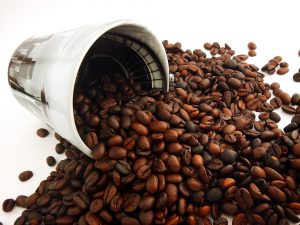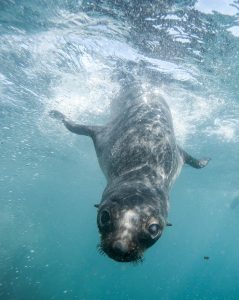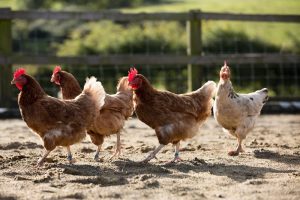Enter your address to receive notifications about new posts to your email.
Articles tagged Genomics
(69 results)
-
Science & Publishing
The silver lining of bioinformatics
Bioinformatics—a scientific discipline that aims to curate, analyze, and distribute biological data—is facing a crisis: a deluge of data is overwhelming laboratories and existing infrastructure. Biologists, especially those working in genome sciences, have recognized the importance of big data: in just two decades, the number of genome sequences has increased 10,000-fold (from 180,000 to 1.8…
-
2022 Beadle Award Winner: Shirley Tilghman
Becoming the president of a world-class university isn’t something that typically happens “by accident,” but that’s exactly how Shirley Tilghman describes it. “I did not intend to be a university president,” Tilghman says. “I probably had the steepest learning curve of any university president ever.” In 2000, Tilghman was serving as founding director of the…
-
Ctenophore genome assembly combed for evolutionary clues
Scientists generated a karyotype, chromosome-scale genome assembly, and manual genome annotation for a common ctenophore. Ctenophores—beautiful marine invertebrates also known as “comb jellies”—have long fascinated and perplexed biologists. Phylogeneticists believe that either ctenophores or sponges were the first organisms to branch off from the tree of life, making them the “sister clade” to all other…
-
2021 Beadle Award: Ting Wu
After giving a talk in Seattle about chromosome pairing, Chao-ting (Ting) Wu boarded the redeye flight back to Boston and settled in to read a new research paper on an odd new discovery in the human genome. “It was so exciting, I had to get up and walk around on the plane,” she says. “I…
-
Extra copies of the genome can be a bonus
Written by members of the GSA Early Career Scientist Communication and Outreach Subcommittee: Carla Bautista Rodriguez, Université Laval; Zach Grochau-Wright, University of Arizona; Angel F. Cisneros Caballero, Université Laval Disrupting the complex and delicate balance of a genome can have devastating consequences. In humans, for example, extra copies of individual chromosomes can result in diseases,…
-
Finding fresh mutations
Improved duplex sequencing identifies spontaneous mutations in bacteria without long-term culturing. Spontaneous mutations are the driving force of evolution, yet, our ability to detect and study them can be limited to mutations that accumulate clonally. Sequencing technology often cannot identify very rare variants or discriminate between bona fide mutations and errors introduced during sample preparation.…
-
From sequence to centimeters: predicting height from genomes
Machine learning and access to ever-expanding databases improves genomic prediction of human traits. In theory, a scientist could predict your height using just your genome sequence. In practice, though, this is still the stuff of science fiction. It’s not only your genes that affect height—environment also plays a role—but the larger problem is that height…
-
A look into how fur seals rebounded after overhunting
A new genome assembly for Antarctic fur seals sheds light on their historic comeback after 19th century hunting. In the late 19th century, the Antarctic fur seal was thought to be effectively extinct. After over a century of overexploitation driven by demand for the seal’s prized pelt, populations at known breeding grounds seemed to have…
-
Katherine Xue studies how the flu evolves inside you
The recipient of the 2018 Crow Award reveals details of flu evolution at the smallest —and largest—scales. For many viral diseases, a vaccine can provide lifelong protection. But for flu, you need a new shot every year. The influenza virus evolves so fast it presents a constantly moving target for both our immune systems and…
-
Fowl play: the genetics of chicken sociability
A new study reveals genetic changes that affect social behavior in chickens. We have a number of phrases that relate human behavior to that of chickens; for example, when you accuse someone of acting “chicken,” you’re likely calling them a coward. If someone is running around like a chicken with their head cut off, they’re…
-
Mathematical matryoshka: unscrambling Russian doll genes in ciliates
Elaborate genome rearrangements take nesting to the extreme. Oxytricha trifallax is a single-celled virtuoso of genome rearrangement. Oxytricha is a ciliate, and like all ciliates, it has two nuclei: a tiny, germline micronucleus and a large, somatic macronucleus. Mating brings together two micronuclei, and the daughter cell creates a new macronucleus out of the zygotic…












